Decks and patios don't offer the sun protection of a porch. That's why it's important to consider adding shade to these outdoor living areas.
Our Favorite Deck and Patio Shade Ideas
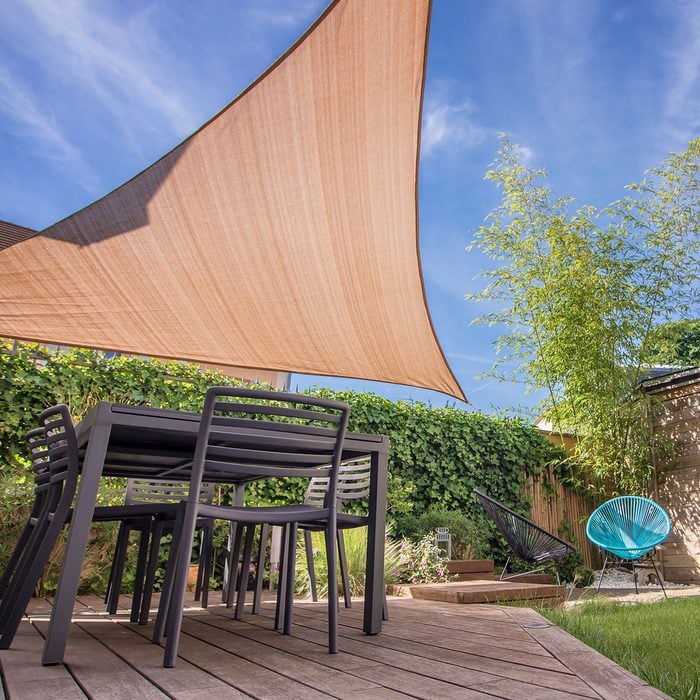
Patio/Deck Shade Purchase Considerations
When considering what type of shading to add to a patio or deck, think about the style of your home and outdoor living space. You’ll want to match or complement the colors and the style, whether it’s rustic, contemporary, or something else.
Also, put a lot of thought into the size. Will you be having cocktails with your spouse or hosting summer picnics for the extended family? A simple patio umbrella can work for the former, while a larger shade sail or awning might be needed for the latter. Looking for more patio awning ideas? Check out our list.
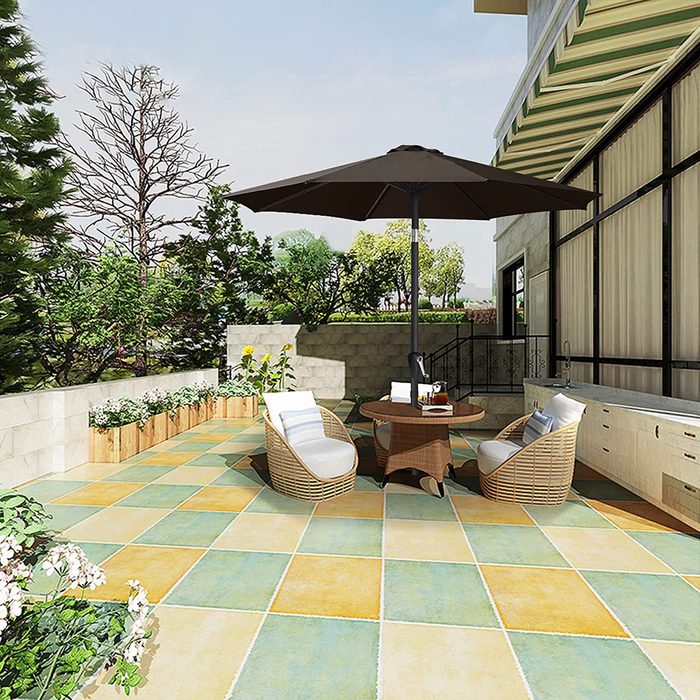
Market Umbrella
These umbrellas are octagonal, square or rectangular, and held upright by a pole at the center. Some market umbrellas, also called patio umbrellas, have a tilting feature to block sun rays at different angles. For optimal shade, choose an umbrella that extends over the table by two feet on each side. The base needs to be heavy enough to anchor the umbrella.
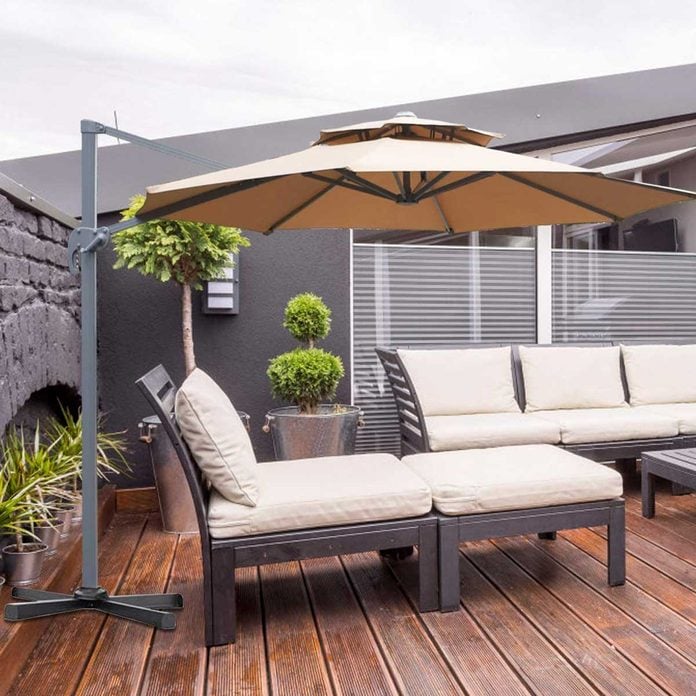
Offset Umbrella
An offset umbrella is held aloft by a freestanding pole on one end rather than in the middle. Offset umbrellas can spread 10 to 13 feet, perfect for sheltering large outdoor areas as well as protecting sectional seating from the sun. Some offset umbrellas have an adjustable cantilever and crank feature to better direct shade.
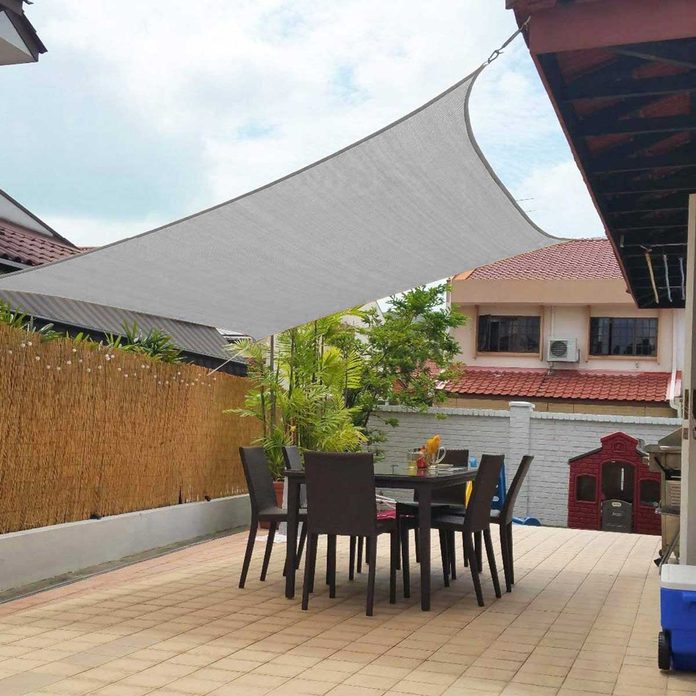
Shade Sail
Like the name suggests, these shade products look like sails and are held in place with cables fastened to grommets with locking clips. Square, triangular or rectangular in shape, shade sails have a span of up to 20 feet, so they’re the shade solution when you need to cover a large area. If your patio or deck is small, a modest-sized shade sail is an inexpensive option.
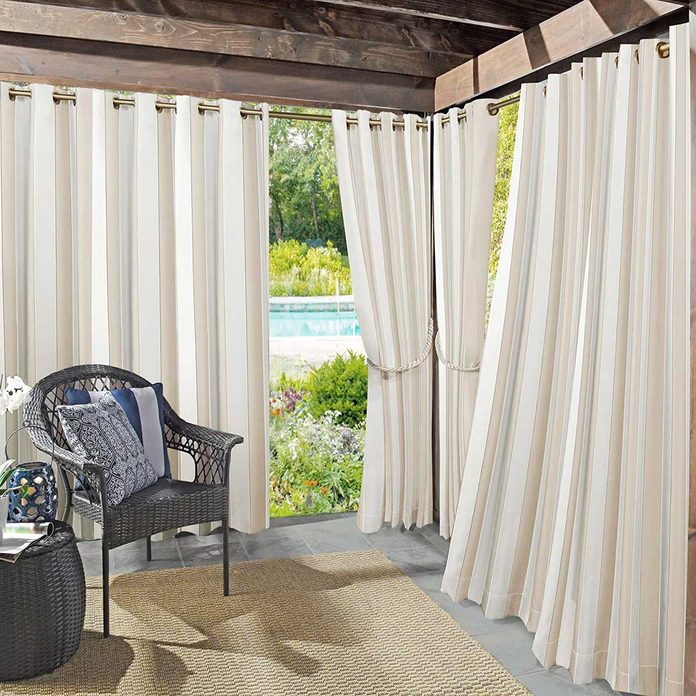
Outdoor Curtains
Outdoor curtains can be as practical as they are decorative. Besides creating shade, they also offer something extra: privacy when the curtains are drawn. Often used along the sides of porches, curtains can also be used on decks if there’s a top frame to hang them from. Made of durable outdoor fabric, they are easy to maintain.
They do have one drawback: Although they block early morning and late afternoon rays, they aren’t much help when the sun is higher in the sky. For another idea to keep out the sun, consider a lanai.
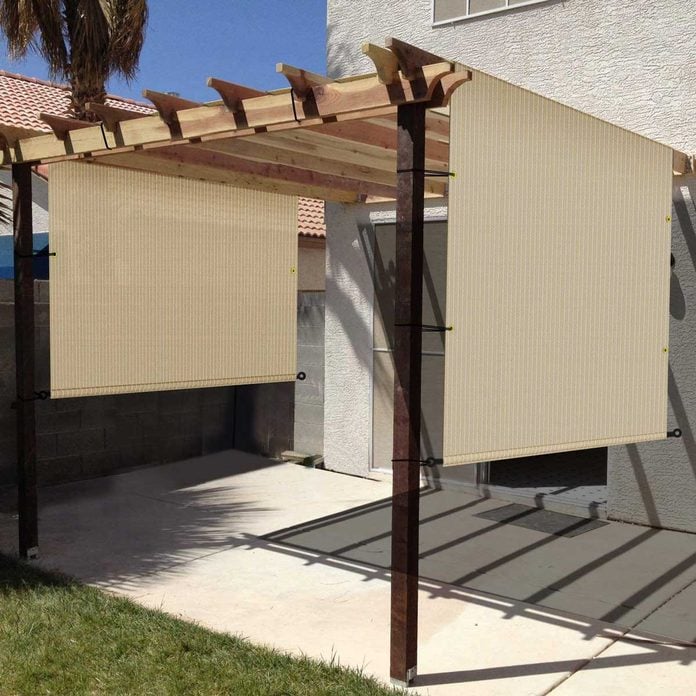
Pergola Covers
Turn your slat-roof pergola into a rainy day shelter with a pergola cover. This outdoor fabric can be drawn across the pergola and clipped into place, offering shelter from the rain and protection from the sun.
Another option is shade cloth, a mesh outdoor fabric that allows a certain percentage of sunlight through — from 10 to 50 percent — but is not waterproof. Shade cloth allows you to grow plants underneath the pergola. Speaking of plants, pergolas are a perfect structure for growing grapevines and other perennial vines, providing a natural look.
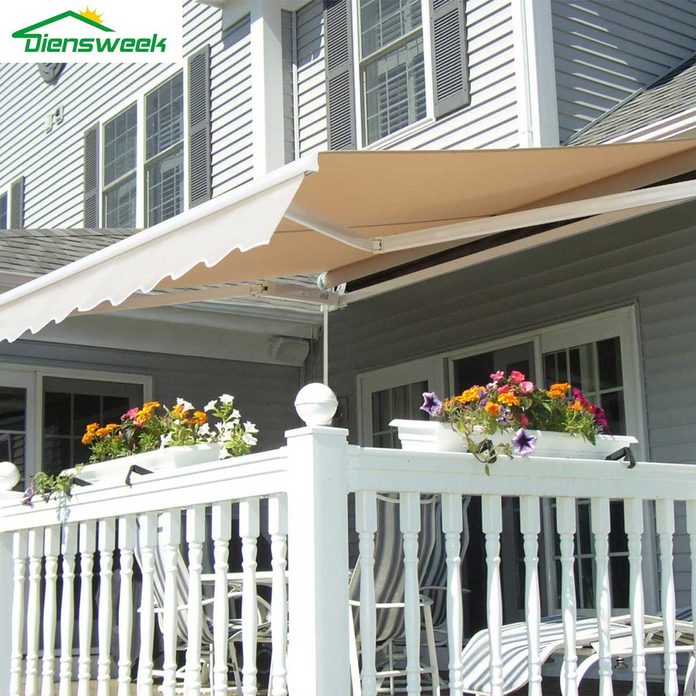
Awnings
Awnings may seem like a trip down memory lane — a quaint reminder of Grandma’s outdoor window treatments — but the newer retractable awnings are a different story. They offer bright, welcoming colors and designs, as well as ample coverage for patios and decks. Moreover, they are easy to operate, either manually or motorized. Most attach to a structure such as a house or garage, although freestanding models are also available.
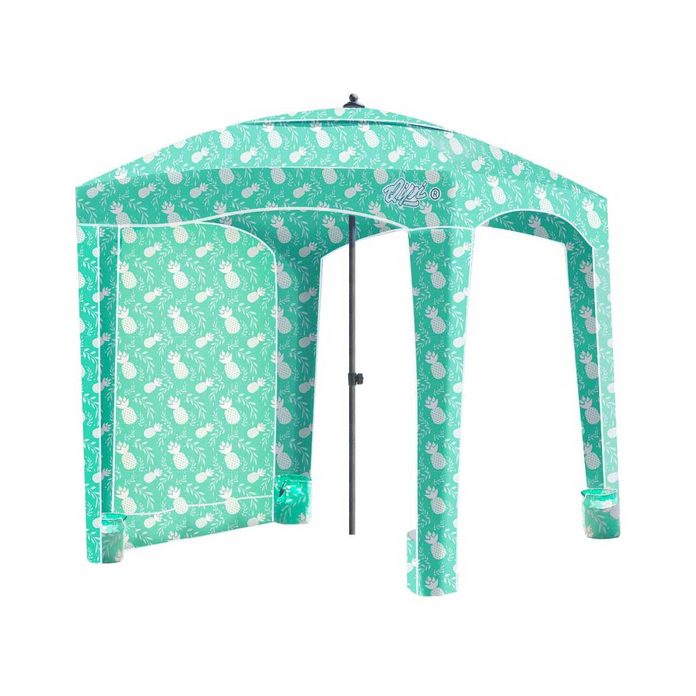
Cabanas
Although the word “cabana” makes one think of thatched-roof changing rooms on a beach, cabana also refers to portable recreational structures. Think of a canopy with a fabric top and floor-to-ceiling side curtains on three sides. Cabanas are well suited for shading sectionals, daybeds, and even hot tubs. Check out these amazing hot tub shelter ideas.
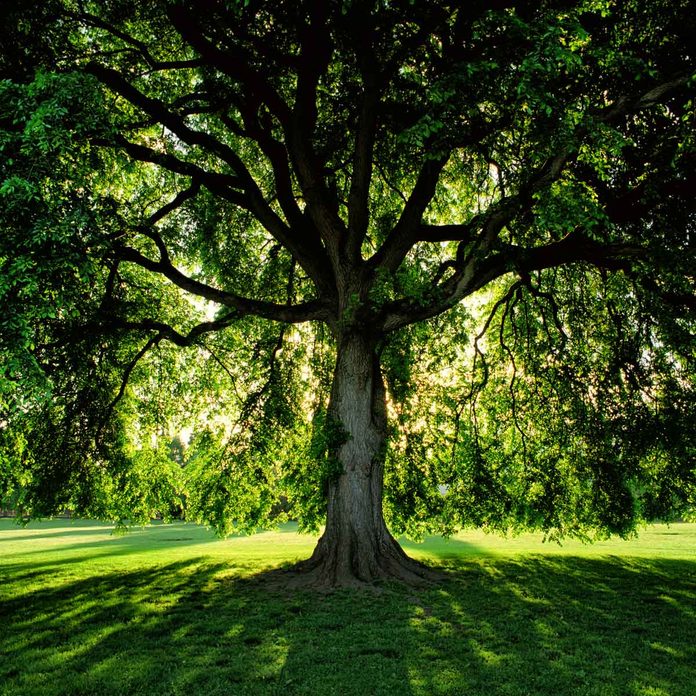
Shade Trees
One of the best shade-producing structures is also the most natural: trees. No support is needed, just plant them and forget them.
Well…. not exactly. You need to plant the tree in the right spot. Look at its mature size and plan accordingly. Keep trees with a mature height under 25 feet at least eight feet from the house; plant trees larger than that at least 15 feet away. Deciduous trees (trees that lose their leaves in the fall) typically make the best shade trees.